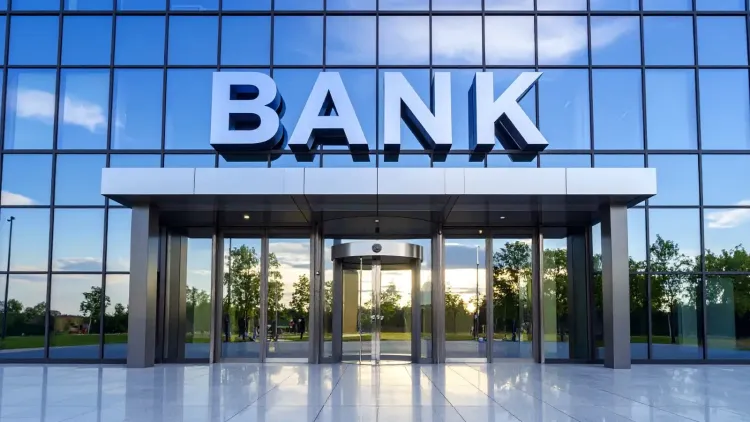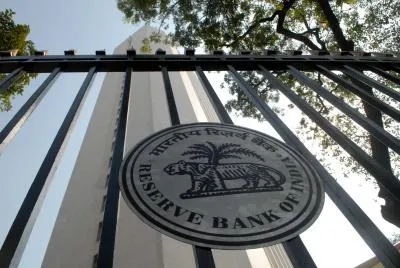Is India’s Banking Sector Ready for a Stronger Performance?

Synopsis
Key Takeaways
- Indian banking sector is expected to show improved performance in FY26.
- Credit growth is anticipated to be stable, fueled by retail and MSME segments.
- Net Interest Margins are likely to stabilise as banks enhance operational efficiency.
- Non-performing assets are at their lowest levels, showcasing sector resilience.
- Challenges remain in MSME lending and unsecured loans.
Mumbai, Nov 27 (NationPress) The Indian banking sector is set to experience enhanced performance in the latter half of FY26, buoyed by favorable macroeconomic factors, declining funding expenses, sound asset quality, and early indications of a consumption resurgence. According to a report released on Thursday, banks expect stable credit growth and margins, alongside continued asset quality, reinforcing their confidence in the industry’s robustness.
The banking credit is projected to expand by 11.5% to 12.5% year-on-year in FY26, primarily fueled by the retail and MSME sectors, with corporate borrowing gaining traction as borrowers transition from bond markets to banks, a trend aligned with the existing yield differentials. Deposit growth is still trailing behind loan growth, maintaining the Credit-to-Deposit ratio at around 80%, as stated in the report.
Furthermore, Net Interest Margins (NIMs) are expected to stabilise in the second half of the current fiscal year as banks concentrate on core earnings and operational effectiveness. Concurrently, funding costs are anticipated to decrease as systemic liquidity improves following the CRR cut and stabilization of interest rates, the report elaborates.
Banks with a robust CASA (current and savings accounts) base and effective liability management are likely to reap rewards from improved spreads. Additionally, the asset quality for banks is expected to remain healthy in FY26, supported by reduced slippages, increased recoveries, and write-offs.
The assets under management (AUM) of NBFCs have surged by over 1.7 times since FY21, with the retail segment within the AUM rising to 56% in FY25 from 49% in FY21. The overall asset quality of NBFCs has shown improvement, driven by stronger infrastructure-financing NBFCs, despite a slowdown in the retail segment, particularly in the unsecured category, as noted in the report.
Among various asset classes, MFI has been the hardest hit, anticipating a modest growth of 4% in FY26 after a contraction of 14% in FY25. Credit cost for this segment is expected to be 6.1% in FY26, down from 9% in FY25, with overall earnings improvement projected only after FY26.
MSME lending has also seen increased delinquencies recently, especially for smaller loans. Credit costs are projected to rise to 1.7% in FY26 from 1.5% in FY25. Affordable HFCs are expected to benefit from low credit costs of 0.4% in FY26. Due to a larger base, AUM growth is anticipated to moderate slightly to 20%, as highlighted by the CareEdge Ratings report.
After witnessing a solid growth of 30% in FY25, gold loan financiers are expected to achieve even higher growth at 35% in FY26, aided by favorable gold prices and recent relaxations of LTV norms for loans below ₹2.5 lakh.
Growth in the overseas education loan sector is expected to slow in FY26, influenced by rising credit costs due to uncertainties surrounding visas and job opportunities in significant markets like the US.
According to CareEdge Ratings Executive Director Sachin Gupta, the banking sector has showcased resilience, with non-performing assets (NPAs), especially in public sector banks, falling to their lowest levels.
“While the credit uptake in banking remains subdued, there has been some improvement. Conversely, NBFCs have generally outpaced banks in credit growth, benefitting from overall asset quality enhancements. Nevertheless, challenges within the NBFC sector can be categorized into two main areas: unsecured lending and small-ticket loans. Among these, small-ticket unsecured loans provided to MFIs and MSMEs have faced the most significant adverse impacts,” he remarked.









